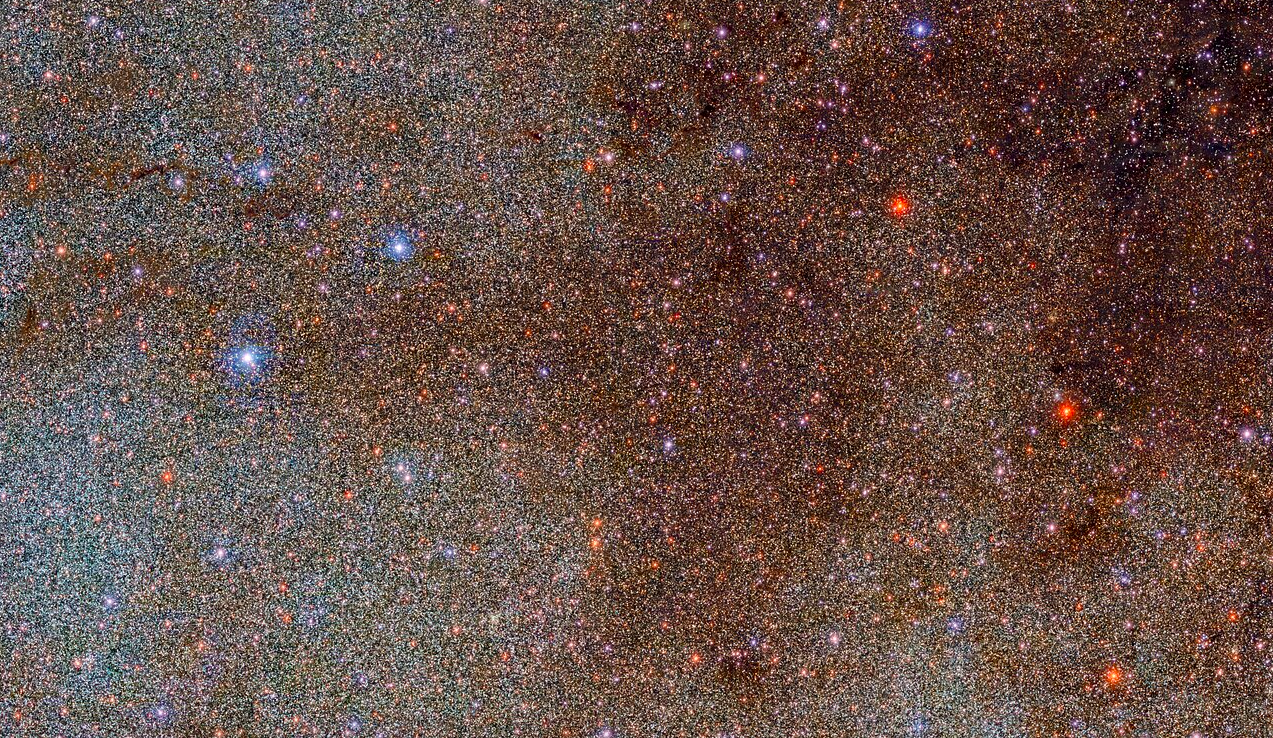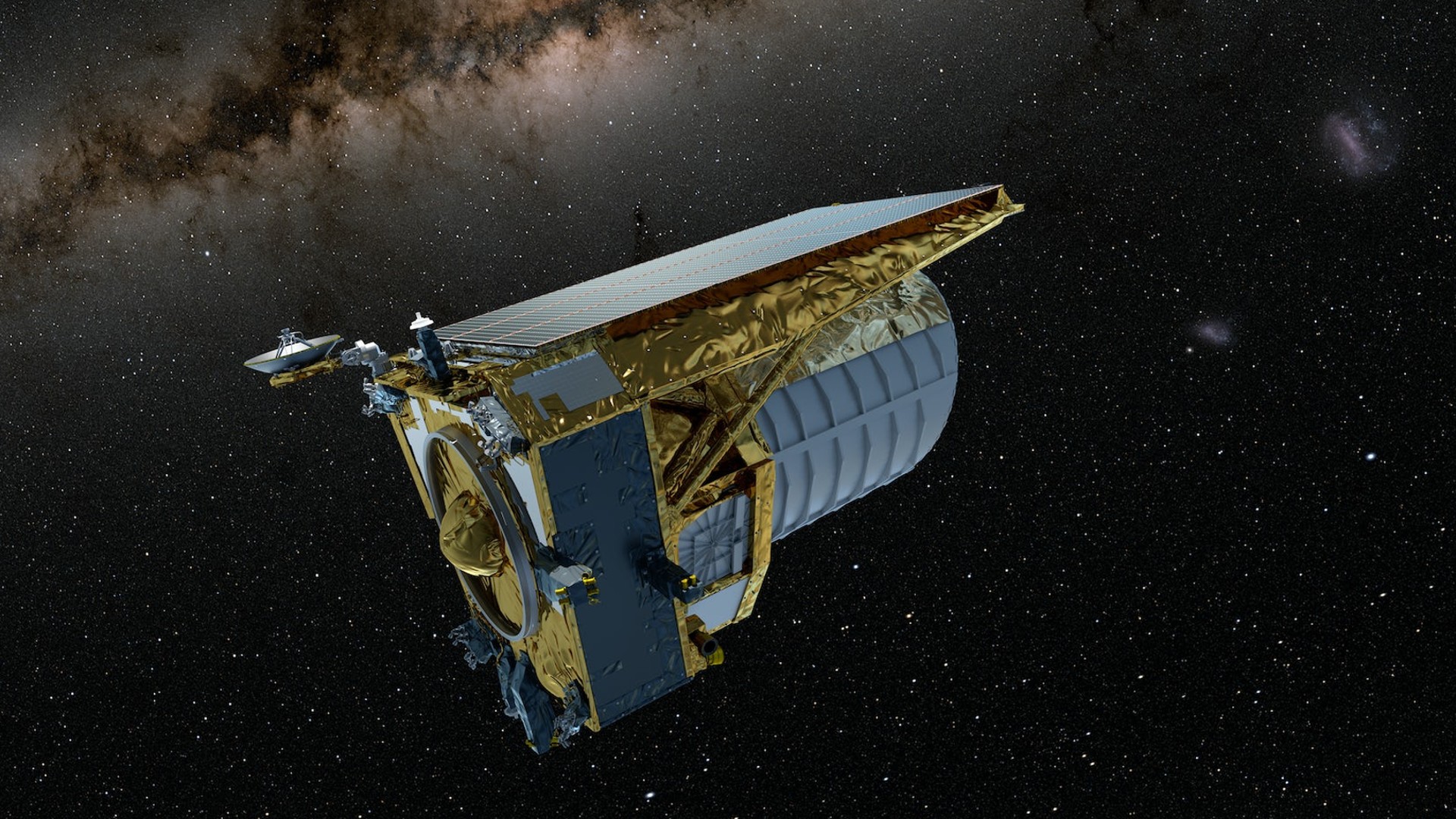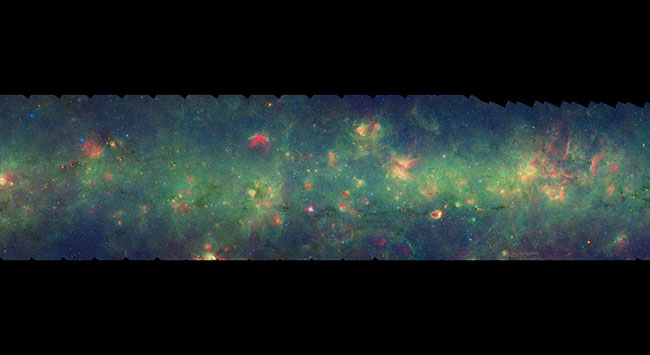
Astronomers might soon get their first peek into the dark universe.
On Saturday, July 1, the European Space Agency's (ESA) Euclid spacecraft will launch on a SpaceX rocket from Florida on a mission to peer into deep space and unveil the elusive dark universe — and NASA's James Webb Space Telescope will be an important partner in this cosmic quest.
After a month-long flight, Euclid will reach a vantage point about 1 million miles (1.5 million kilometers) from Earth, where it will share its cosmic accommodation with the James Webb Space Telescope (JWST), whose powerful infrared eye probes the universe as it was just 100 million years after the Big Bang.
JWST will complement a part of Euclid's mission that will investigate the nature of dark energy, the hypothetical "anti-gravity" force that scientists have proposed to explain why the universe is expanding at an accelerated rate. ESA will operate Euclid as it maps 36% of the observable sky over six years.
Related: The Euclid spacecraft will transform how we view the 'dark universe'

Euclid "is more than a space telescope; it is really a dark energy detector," René Laureijs, a project scientist for the Euclid mission, said during a news conference on June 23. "It would be beautiful if the two telescopes are online and James Webb could follow up the new findings of Euclid."
Euclid is designed to investigate dark energy, whose mysterious nature is ''the biggest embarrassment we currently have in cosmology,'' Guadalupe Cañas Herrera, a cosmologist at ESA, told reporters Friday.
When an immensely hot and dense universe birthed with the Big Bang about 13.7 billion years ago, space itself ballooned faster than the speed of light, and the universe doubled in size at least 90 times. That inflation eased into a steady growth as matter that manifested in the universe tugged at itself due to gravity. However, roughly 5 billion years ago, dark energy overtook gravity as the dominant force and began speeding up the universe's expansion.
To help scientists better understand the nature of dark energy, Euclid is expected to cover 15,000 square degrees of the sky, in which it will survey about 1.5 billion galaxies from the early universe by capturing light that is about 10 billion to 13 billion years old. Using these data, scientists hope to clock the universe's expansion across eons and pinpoint exactly when dark energy — which now makes up 68% to 72% of the universe's energy and matter — began accelerating the cosmos.

To gather the required data, Euclid will study light from early galaxies at near-infrared wavelengths, similar to what Webb does with its Near Infrared Camera (NIRCam). "Where Webb can observe extremely far back in time and zoom into the details, Euclid can go fast and wide," according to ESA.
Euclid is capable of viewing areas of the sky a 100 times wider than Webb's NIRCam. For example, Euclid will collect data from 40,000 fields of the sky, with each slice spanning two full moons and holding 10GB of data, Laureijs said. Webb would complement Euclid's goals by providing deeper follow-up observations of smaller slices of the sky than what Euclid is capable of, as well as by investigating outliers in the data.
The widely accepted cosmological model that represents our comprehension of the universe's history and evolution, known as the Lambda cold dark matter model, relies on a few assumptions. One is that general relativity stays put in cosmological scales. The model also assumes that the universe contains cold dark matter, which is a hypothetical type of dark matter that moves slower than the speed of light, doesn't interact with visible matter and makes itself known only gravitationally, and dark energy, which holds on to a constant density as the universe expands. The model lacks important information about the nature of dark matter and dark energy, and decades of direct and indirect searches to find dark matter particles continue to come up empty.
With Euclid, scientists plan to compare different cosmological models that attempt to explain the accelerated expansion and see which one best fits the telescope's data. Those results may prompt the design of a "modified gravity model or something more exotic," Cañas Herrera said.
Ultimately, scientists hope Euclid's findings will help explain if there is a "revolution" needed in our understanding of the laws of nature, said Yannick Mellier, an astronomer at the Paris Institute of Astrophysics who leads the Euclid consortium. "In principle, Euclid should provide a decisive response on the nature of dark energy."







